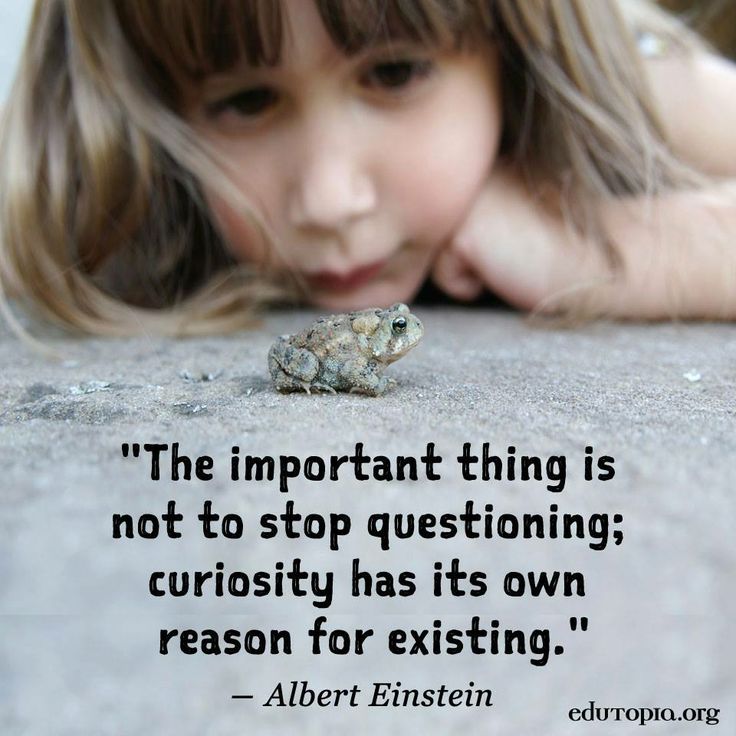Science Seen Physicist and Time One author Colin Gillespie helps you understand your world.
What’s the Question?
It seems obvious. Understanding physics, as distinct from merely knowing it or doing it, requires us to ask not merely What? and How? but also: Why? This is the question kids learn first, before they learn they’re not supposed to ask it. So, it seems shocking that this is a question physics now all but ignores both in the classroom and at the heights of academe.
It wasn’t always like this. Understanding was once fundamental. Why went hand in hand with How in building the post-Newton scientific revolution. But about a hundred years ago philosophy lost touch with physics and they went their separate ways. These days physicists use formulas to compute What? Stephen Hawking says this is because they are too busy:

Up to now, most scientists have been too occupied with the development of new theories that describe what the universe is to ask the question why.
Yet he is an exception. He wonders: ‘Why does the universe go to all the bother of existing?’
What? can be a useful physics question. Just look at all that it delivers on a daily basis. But I was not sure whether I should laugh or cry first time I saw David Mermin’s summary of the most widely held interpretation of quantum mechanics: ‘Shut up and calculate!’ To this day this is the stock response to any who are curious enough to ask what QM means.
Physics cut loose from its philosophic roots loses perspective and direction. Closer to home I am concerned that teaching physics as the laws of nature to be learned and never questioned―as math that has no human meaning―turns off students who have not yet had their curiosity drummed out of them.
Understanding physics is the best trip in the universe. For me, finding ways to open up the world of Why? for students is a serious preoccupation.
Anybody have ideas about how?
Sources:
Stephen Hawking (1996), A Brief History of Time, New York: Bantam Books, p. 190; Stephen Hawking – A Brief History of Time, The Science Foundation, http://www.youtube.com/watch?v=AeaIHB5mBqU
N. David Mermin (1989), “What’s Wrong with this Pillow?”, Physics Today, April, p. 9; http://scitation.aip.org/content/aip/magazine/physicstoday/article/42/4/10.1063/1.2810963
Other reading:
Lee Smolin (2007), The Trouble With Physics: The Rise of String Theory, the Fall of a Science, and What Comes Next, New York: Mariner Books; http://leesmolin.com/writings/the-trouble-with-physics/

Imagine what existed just before the Big Bang. A vacuum of an infinite outer space without time, mass, energy, gravity, or any kind of relativity. The Mind of God is what some of us think. The primordial black hole, others think. So closed a final vacuum with nothing in it is beyond human understanding. It’s like trying to remember what existed before we were born. A majestic materialization of E=MC2 gave birth to the whole set of Quantum Mechanics, the Periodic Table before the creation of the heavier elements, and no means of experiencing the vast expanses of newly-formed existence. Ultimately, the benign nature of our brains became the result of the latest developments of evolution as one way of star stuff beholding its own nature, appearances, and behaviors. Life on earth leading up to the human mind/brain mapping itself became the goal of evolution, as one possible explanation for existence itself. Justice, peace, compassion, and the rise of the human being well beyond the simple lives of the rest of the animal life forms on earth are just part of the mind/brain’s journey towards a higher order of animal consciousness, within the spectrum of good to evil.
With a less-than-perfect sophistication, the human mind/brain created an idolatrous history of God, unable to realize that the atom and DNA were the two basic material foundations of meaningful human life. The fantasies of the world’s religions allowed the completion of the global village, but suddenly becoming a world view well beyond the simple monotheism of each revealed religion. The mapping of the human genome came about at roughly the same time as the global village, allowing for a greater context than literal scriptures of God as a perception. Indeed, the complexity needed for God to exist as a supernatural deity was eventually outgrown by the more advanced military-industrial-prison complexes of nations around the global markets.
The time had come for the end of minting new gods in the mind/brain’s Magisterium of cerebral DNA, the workshop where all religious notions, visions, experiences, and meanings could finally be attributed to the nature of the brain as the crown of noble consciousness within the experience of growing evolution. The cerebrum was so new to consciousness that it would take many generations to trust post-modern science enough to read and comprehend the mapping of the human genome’s most sacred cerebral/cerebellum experiences. Meanwhile the defenders of the faiths of the world would be in ultimate revolt against the apparent God of Evolution that made every tradition a reality at each point in history.
But as simple as we human beings think we are, each and every human life is star stuff perceiving the universe made by this natural succession of DNA growths expanding the power and acumen of the cerebrum. We overlook the obvious: that human beings did not create themselves, nor the history of God. The evolution of the dream states and waking dreams of hallucinating men’s brains created the history of God, and every civilization.
Why? We are star stuff seeing the panorama of itself with eloquent details now available. The roster of the dead
are the evidence of a meaningful evolutionary process. “From ashes to ashes, dust to dust. Was it all in vain? In God We Trust.”